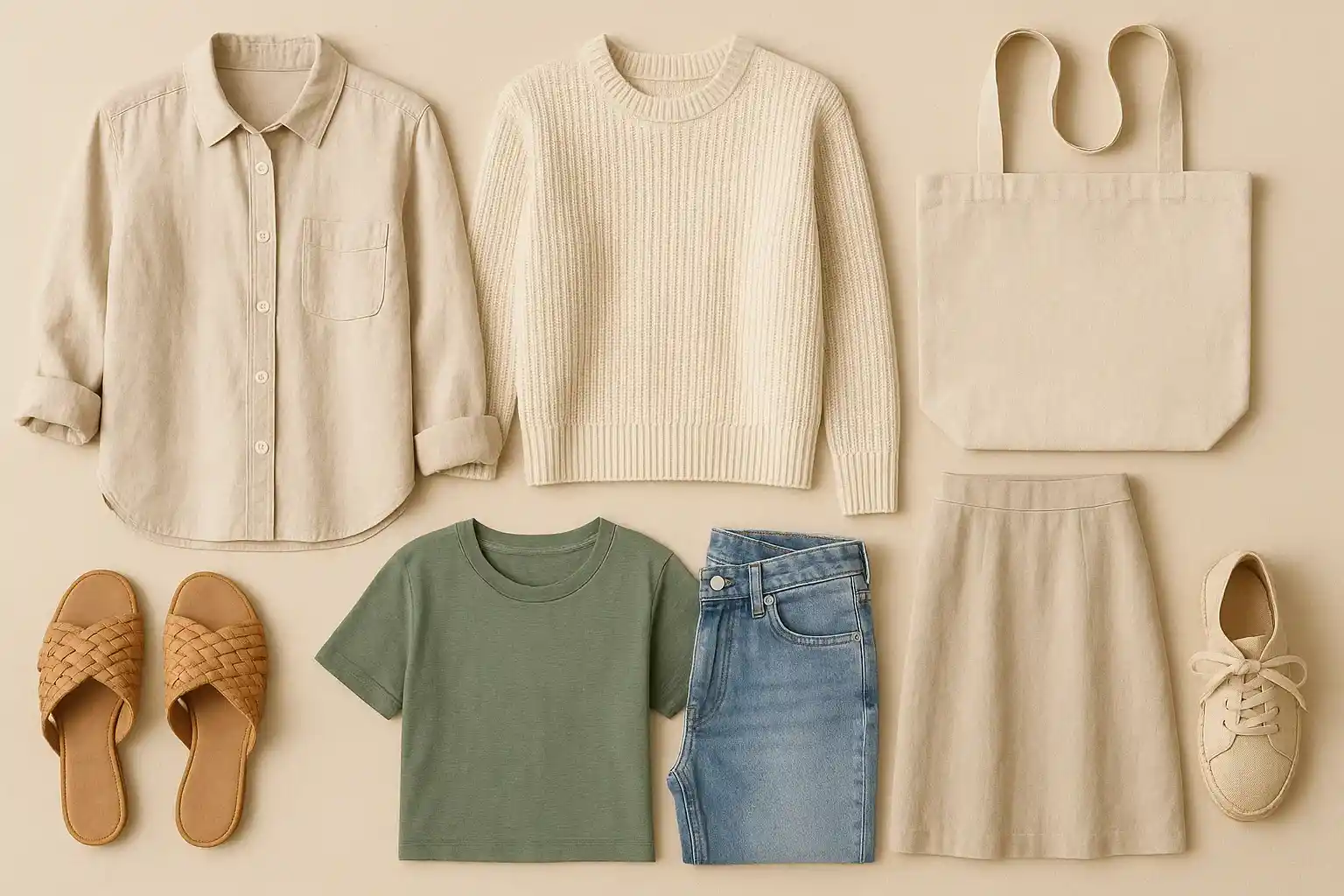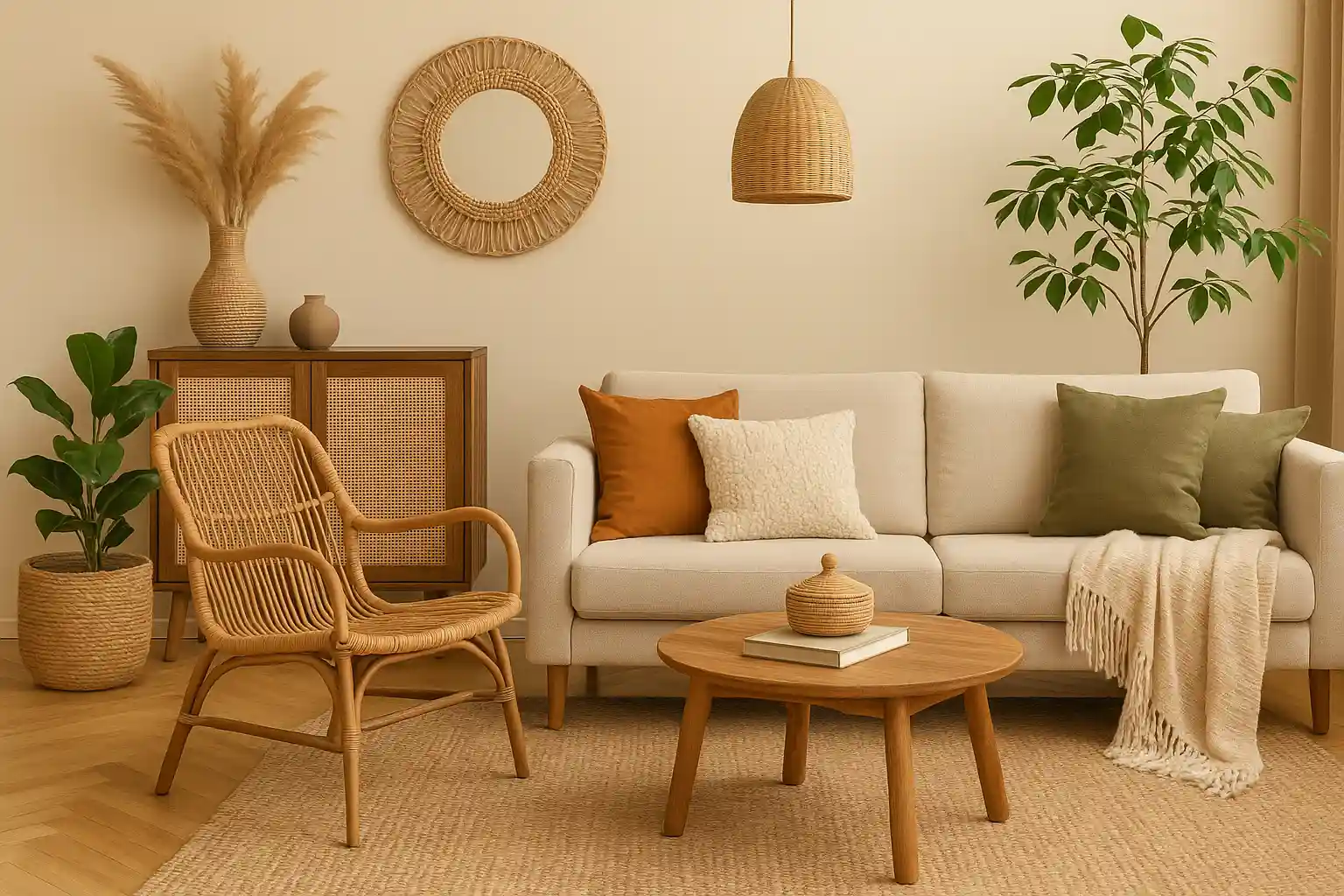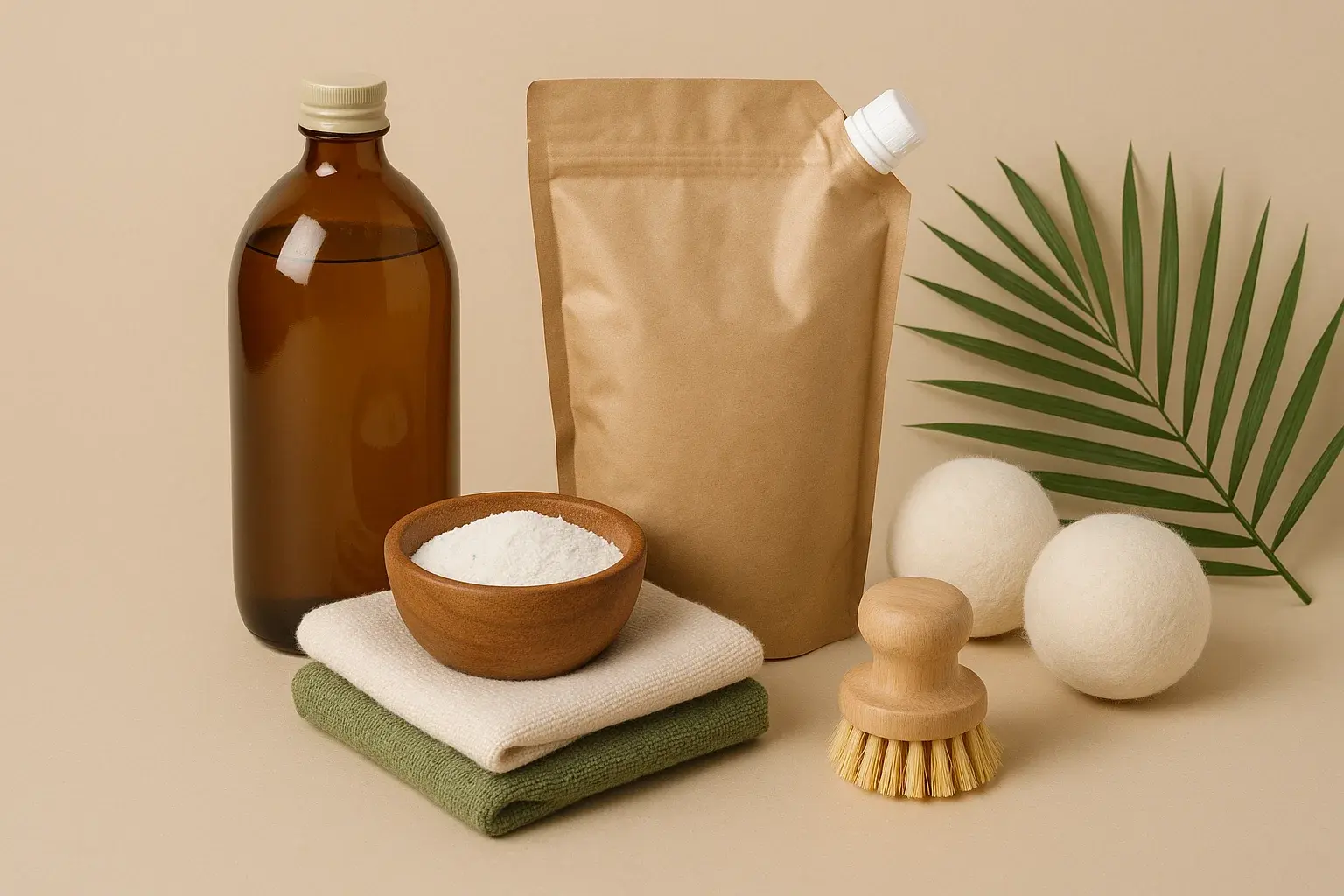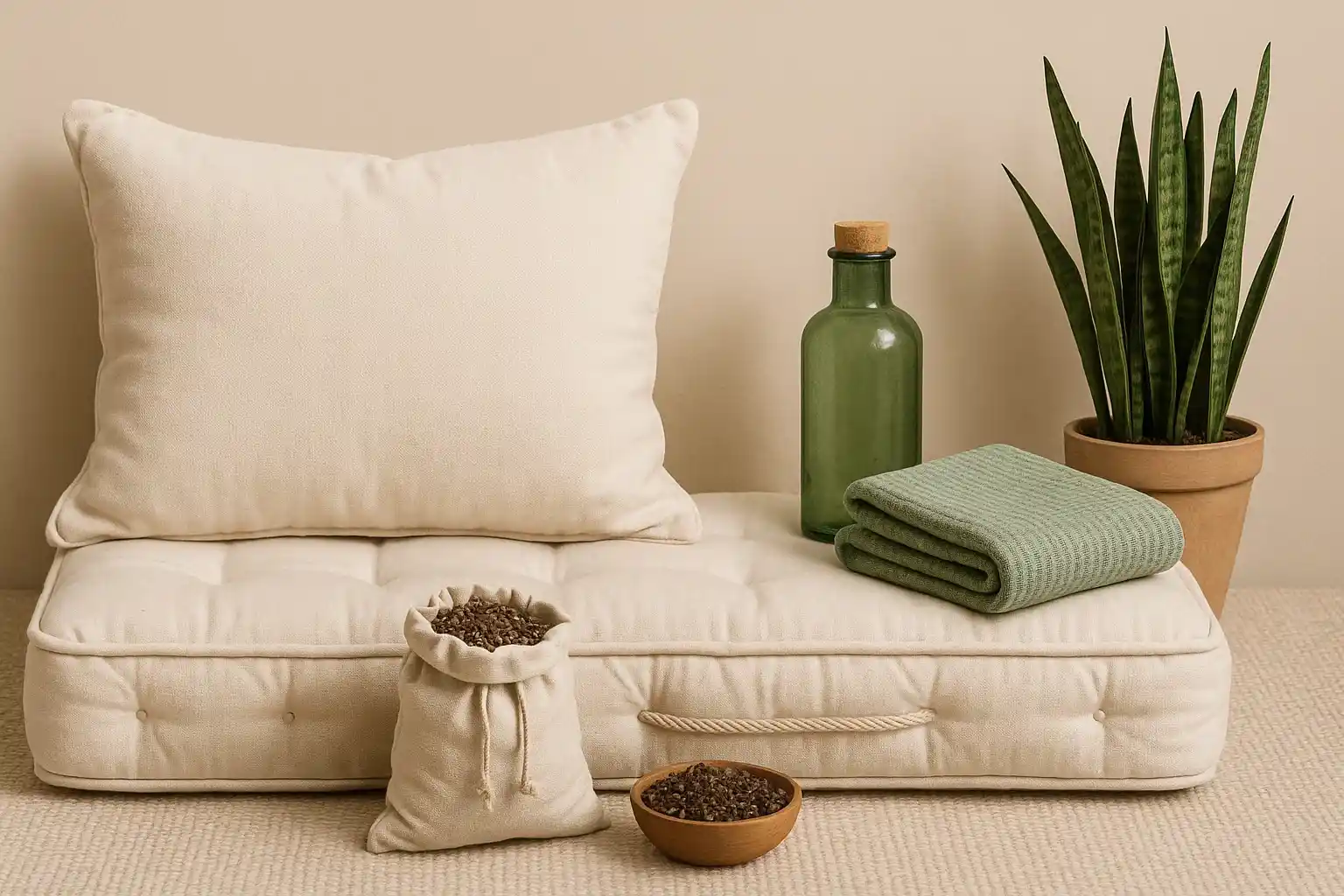Reclaim Your Closet, Respect the Planet: Choosing Sustainable Alternatives to Plastic Hangers

The closet, often a hidden sanctuary of our personal style, plays a crucial role in organizing and preserving our clothing. For decades, plastic hangers have been a ubiquitous and affordable choice for managing our wardrobes. However, the sheer volume of plastic hangers produced and eventually discarded globally contributes significantly to the ever-growing problem of plastic waste. These hangers, often made from non-biodegradable polymers, persist in landfills for centuries, leaching potentially harmful chemicals into the environment. As we become increasingly aware of the environmental impact of our everyday choices, even seemingly small switches, like the material of our clothes hangers, can collectively contribute to a more sustainable lifestyle.
The lifecycle of a plastic hanger, from the extraction of fossil fuels to its energy-intensive manufacturing and eventual disposal, carries a considerable environmental footprint. The production of plastic releases greenhouse gases and contributes to resource depletion. Unlike natural materials, plastic does not readily break down in the environment, adding to the mountains of waste that plague our planet. While plastic hangers may seem durable in the short term, they are prone to snapping under the weight of heavier garments and often become brittle and unusable over time, leading to premature replacement and further plastic consumption. Recognizing this unsustainable cycle, many individuals are seeking more eco-conscious alternatives for their closet organization, starting with a simple yet impactful swap: the material of their clothes hangers.
Fortunately, a range of durable and more environmentally friendly materials offer viable replacements for plastic hangers. By choosing wooden hangers, metal hangers, or even hangers made from recycled paper, we can organize our wardrobes while significantly reducing our reliance on plastic and minimizing our environmental footprint. These sustainable alternatives offer a blend of strength, functionality, and a significantly lower impact on the planet, aligning our organizational habits with a commitment to a healthier and more sustainable home.
Elevating Your Wardrobe, Respecting Resources: Exploring Sustainable Hanger Options
Nature provides us with sturdy and renewable materials, and innovative recycling processes offer ways to repurpose existing resources for our closet organization needs:
Wooden Hangers: Timeless Elegance and Natural Strength
Wooden hangers represent a classic and sustainable choice for organizing clothes. When sourced from sustainably managed forests (certified by organizations like the FSC), wood is a renewable resource with a lower carbon footprint compared to plastic production. Wooden hangers are known for their strength and durability, capable of supporting heavier garments like coats and jackets without bending or breaking. Their smooth finish also helps to prevent snags and damage to delicate fabrics. Many retailers, including IKEA and The Container Store, offer a variety of wooden hangers in different styles and finishes, providing an elegant and eco-conscious solution for wardrobe management. At the end of their lifespan, wood is biodegradable, returning to the earth without leaving behind harmful plastic residues.
Metal Hangers: Durability and Recyclability
Metal hangers, particularly those made from steel or aluminum, offer another durable and sustainable alternative to plastic. Metal is a strong and long-lasting material, ensuring that metal hangers can withstand years of use. Furthermore, metal is highly recyclable, meaning that at the end of their lifespan, metal hangers can be easily melted down and repurposed into new products, contributing to a circular economy. While some thinner wire hangers may not be as robust for heavier items, sturdier metal hangers provide excellent support for a wide range of clothing. Many retailers, including The Hanger Store, offer durable metal hangers in various styles and finishes, providing a robust and recyclable option for closet organization. Choosing metal hangers reduces our reliance on plastic and supports the reuse of valuable resources.
Recycled Paper Hangers: Innovative and Waste-Reducing
An increasingly innovative and sustainable option for clothes hangers is those made from recycled paper or cardboard. These hangers are crafted from post-consumer recycled materials, giving new life to paper waste that would otherwise end up in landfills. While perhaps not as robust as wood or metal for very heavy items, recycled paper hangers are surprisingly sturdy for everyday clothing like shirts, blouses, and lightweight pants. They are also lightweight and take up minimal space in the closet. At the end of their lifespan, recycled paper hangers are readily recyclable, further minimizing their environmental impact. This option embodies the principles of a circular economy by utilizing waste materials and creating a functional and sustainable product for closet organization.
Completing Your Eco-Conscious Closet: Beyond the Hanger
While switching to sustainable hangers is a significant step, consider these other eco-friendly choices for your closet:
- Fabric Storage Bags: Opt for breathable fabric storage bags made from organic cotton or linen instead of plastic bins to store off-season clothing.
- Cedar Blocks and Sachets: Use natural cedar blocks or herbal sachets to repel moths and freshen your closet, avoiding chemical mothballs.
- Wooden Shoe Racks: Choose shoe racks made from sustainably sourced wood instead of plastic.
- Donate Unwanted Clothing: Regularly declutter your wardrobe and donate unwanted items to local charities or textile recycling programs.
By consciously choosing sustainable alternatives for even seemingly small items like clothes hangers, we can create a more eco-conscious and organized closet, contributing to a healthier home and a more sustainable planet.
Related Blogs

5 Home Decor Trends That Nurture Your Space and the Planet
Insights on 5 home decor trends that are also earth-friendly in a sustainable way.

Laying the Foundation for a Greener Home: Your Eco Starter Kit
Insights on building an eco starter kit for your home in a sustainable way.

Step Softly on the Earth: Upgrading Your Home with Natural Floor Rugs
Choose biodegradable and non-toxic jute, organic cotton, or wool rugs over synthetic options.

Clean Laundry, Clear Conscience: Sustainable Swaps for Conventional Detergents
Switch to soap nuts, eco-enzyme cleaners, or plant-based detergents for toxin-free laundry.

Breathing Easier, Living Greener: The World of Eco Paints and Finishes for a Healthier Home
Insights on eco paints and finishes for a healthier home in a sustainable way.

Dreaming of a Greener Sleep: Choosing Natural Mattress Toppers for a Healthier Bed
Upgrade your sleep with non-toxic, breathable, and biodegradable latex, organic cotton, or wool toppers.
Stay in the Loop
Get tips and insights tailored to your interests — no spam, just sustainability.